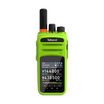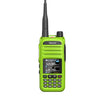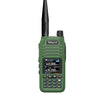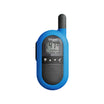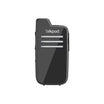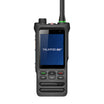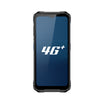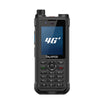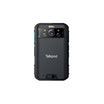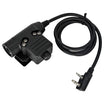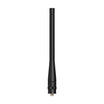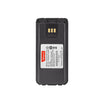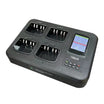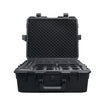What Are Functional Dial Numbers? Functional dial numbers represent a sophisticated feature in the realm of two-way radio communication, especially within object-oriented systems. These are dynamic numbers assigned not to specific devices but rather to roles, functions, or locations such as buses, trains, or operational teams within a specific environment, like an airport.
How Do Functional Dial Numbers Work? In a practical scenario, instead of assigning a static number to a single radio device, the system assigns functional dial numbers to specific functions or roles. For example, the number could correspond to the role of "Security Lead" at an event or "Engineer" within a factory setting. Whichever individual or device assumes that role at any given time inherits the functional dial number, enabling more dynamic and role-based communication.
This dynamic assignment means that when a call is made to a functional dial number, it reaches the current holder of that role, regardless of the specific device they are using. This system greatly enhances operational flexibility and ensures that critical roles are always reachable, enhancing communication efficiency in dynamic operational environments.
Why Are Functional Dial Numbers Important?
- Role-based Communication: Emphasizes roles over individual devices, ensuring that key functions or positions remain continuously accessible.
- Flexibility: Offers the ability to reassign roles without needing to redistribute or reprogram individual radios, saving time and reducing confusion.
- Efficiency: Streamlines communication processes, especially in large-scale or rapidly changing environments where roles may shift frequently.
- Enhanced Coordination: Facilitates better coordination among teams, especially in scenarios like public events, transportation networks, or emergency responses, where roles are pivotal to operations.
In essence, the use of functional dial numbers in two-way radio systems introduces a layer of flexibility and efficiency that traditional static number assignments cannot match. By aligning communication channels with roles or functions rather than specific hardware, organizations can ensure that crucial communications reach the right person at the right time, regardless of the physical device they are using. This object-oriented approach represents a significant advancement in the strategic deployment of two-way radio systems, particularly in complex operational frameworks.





